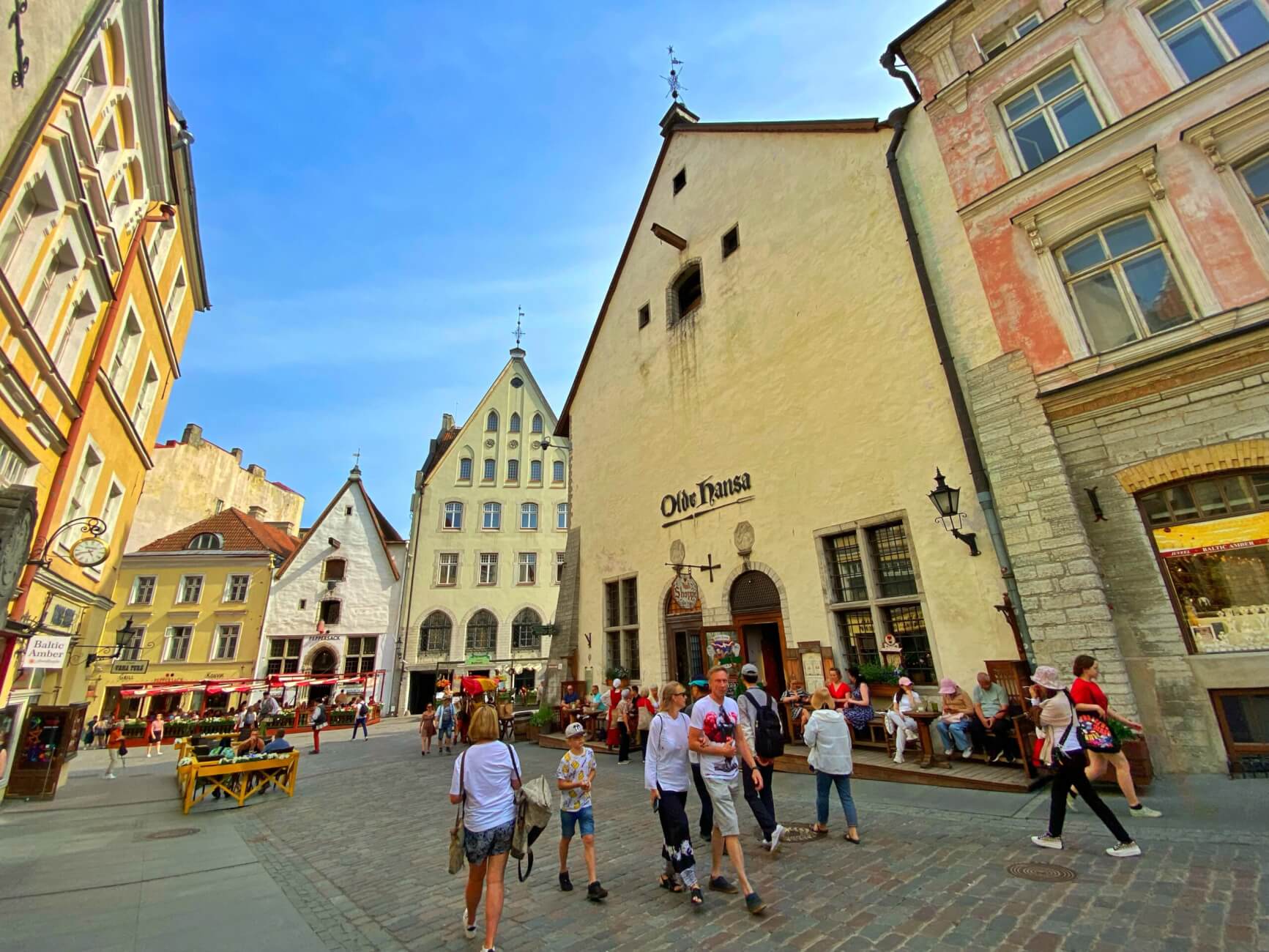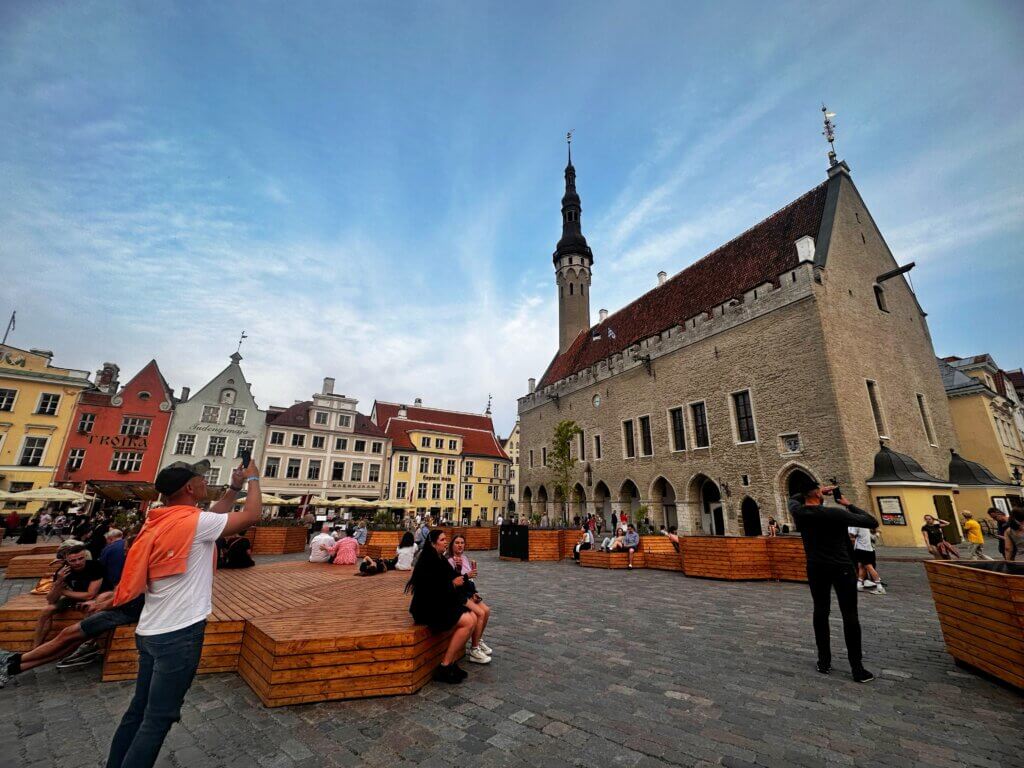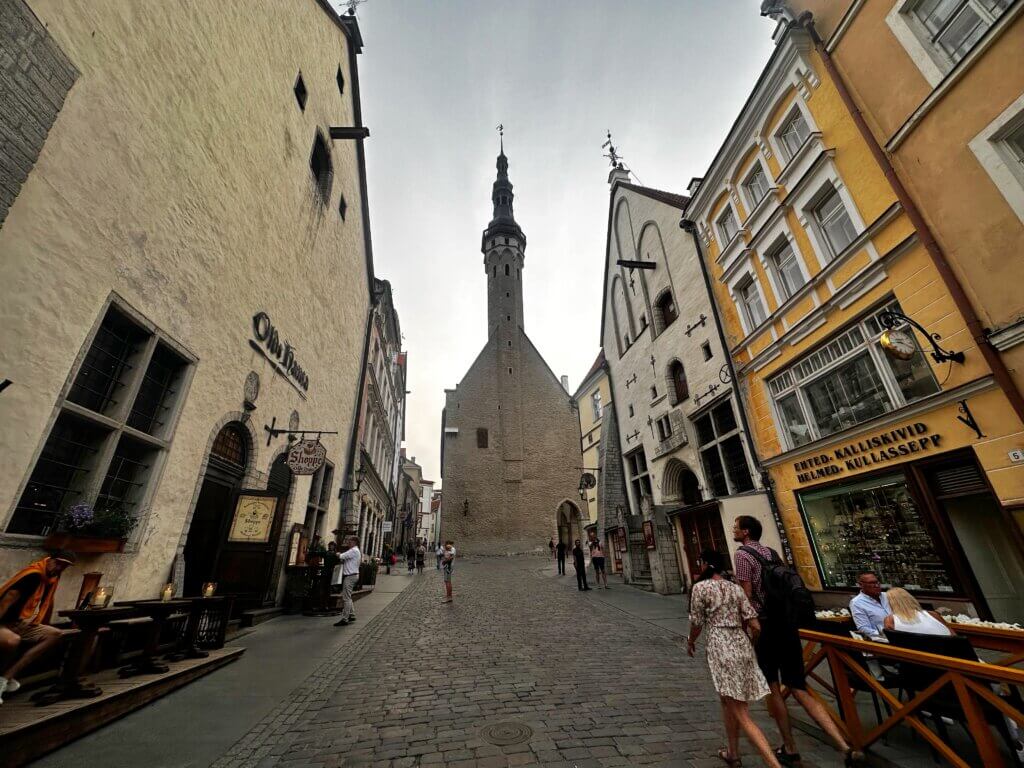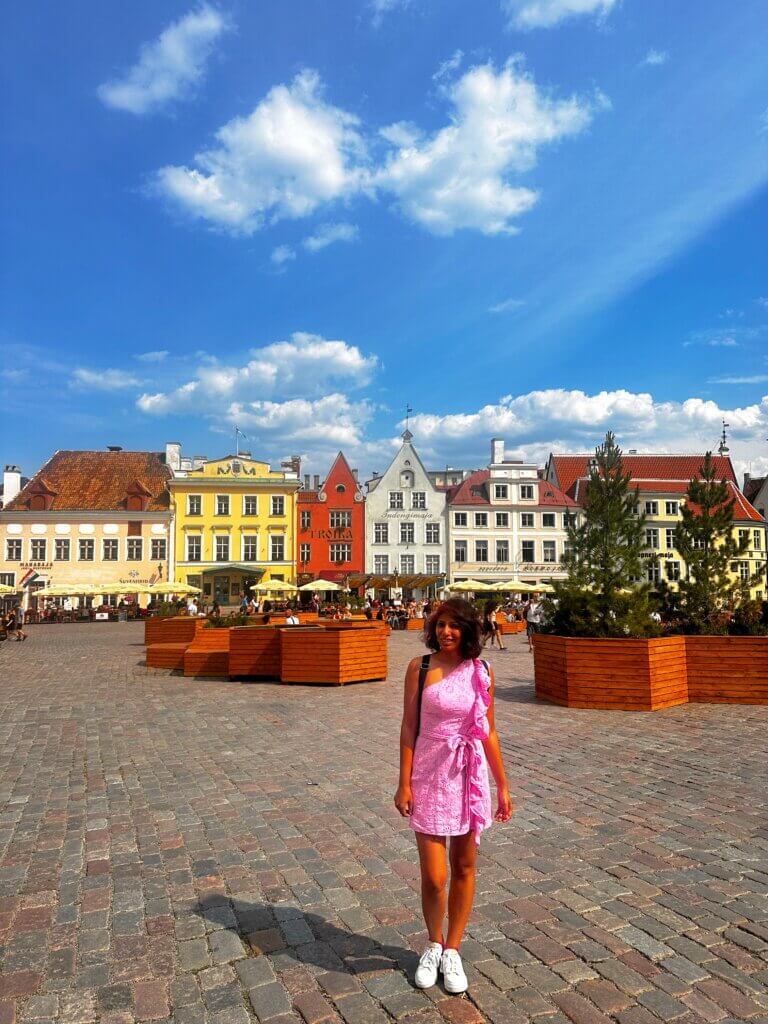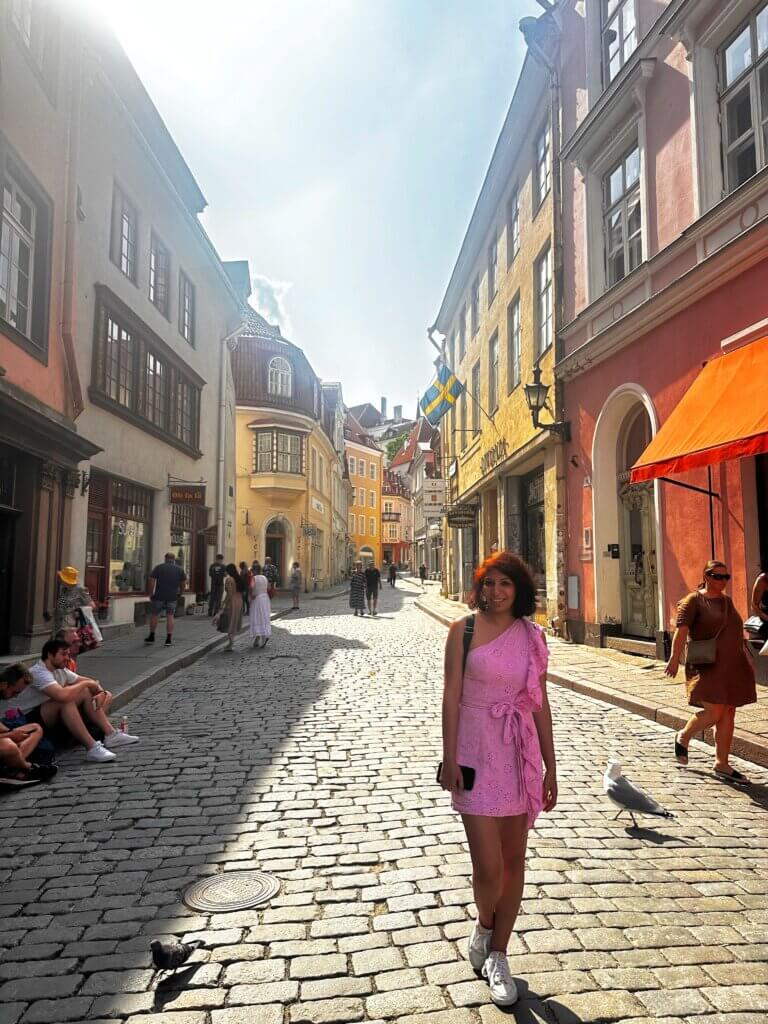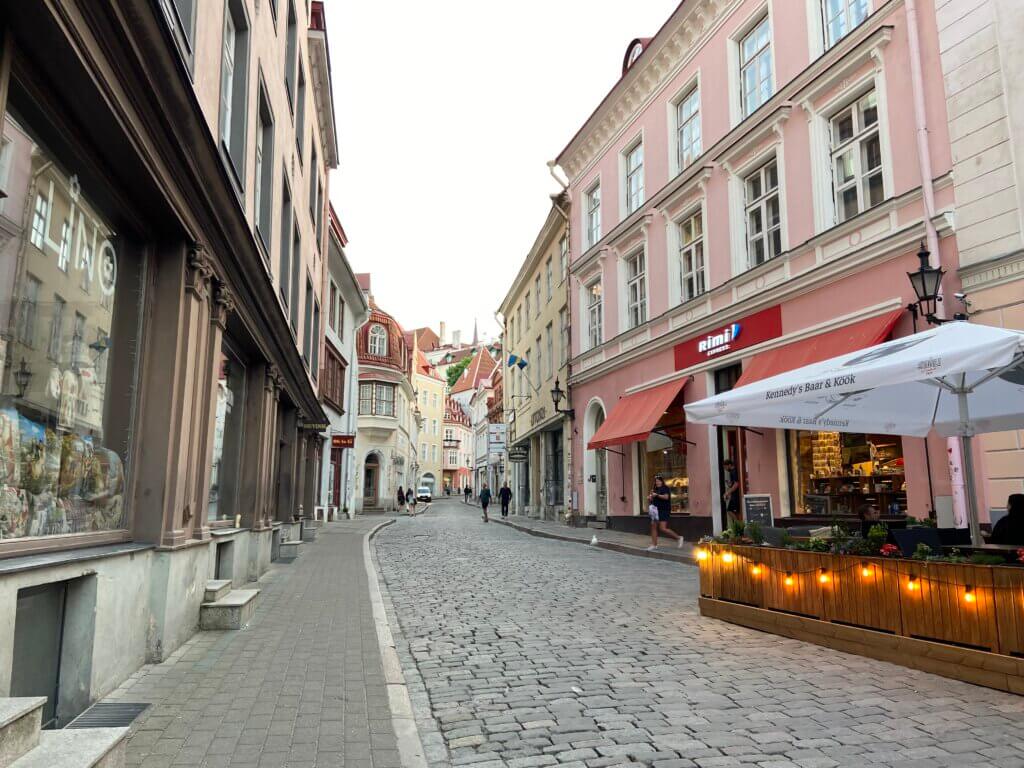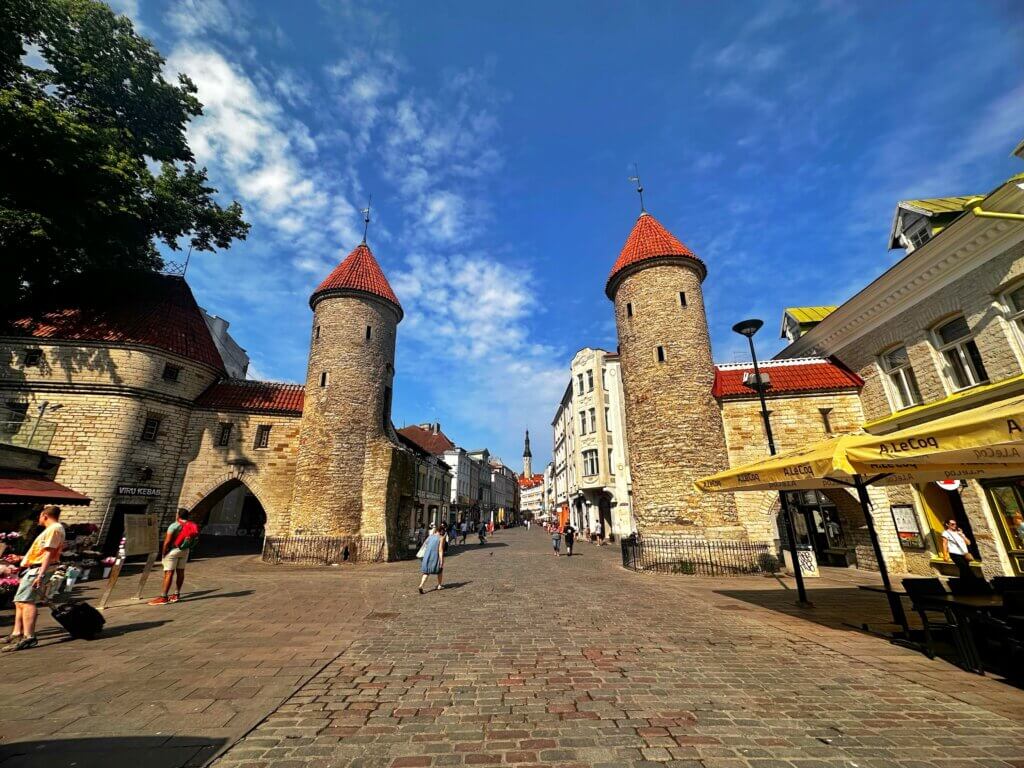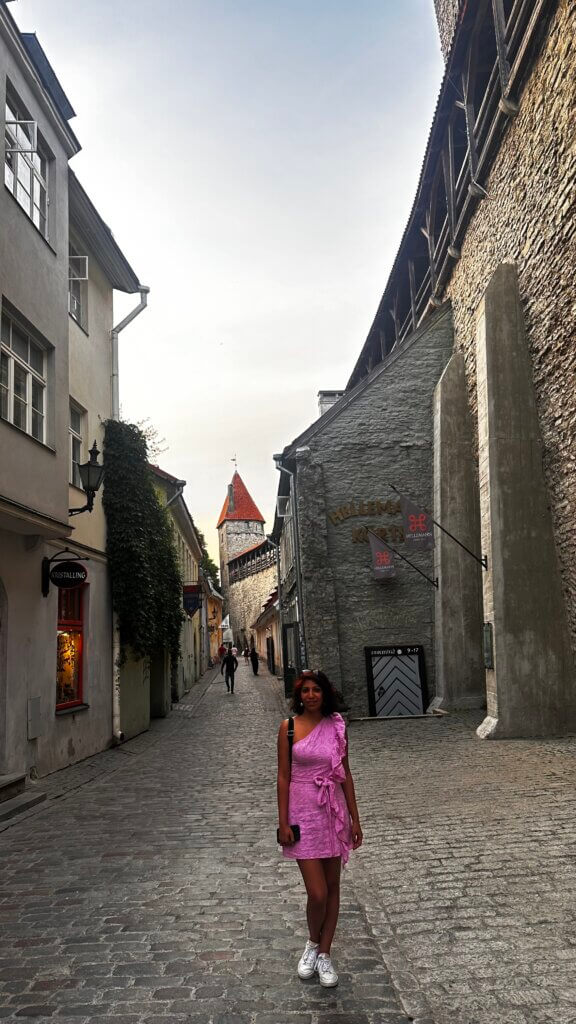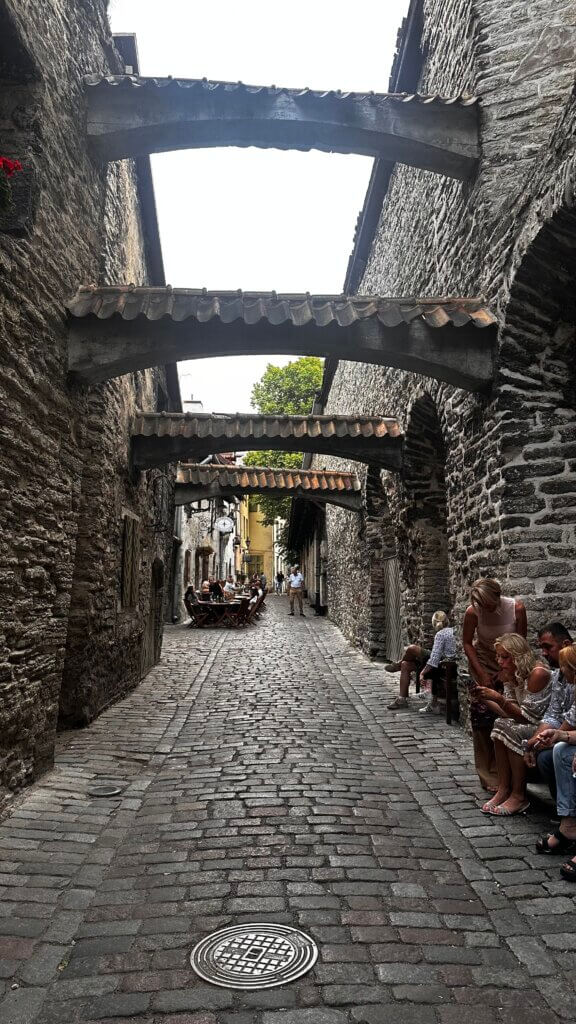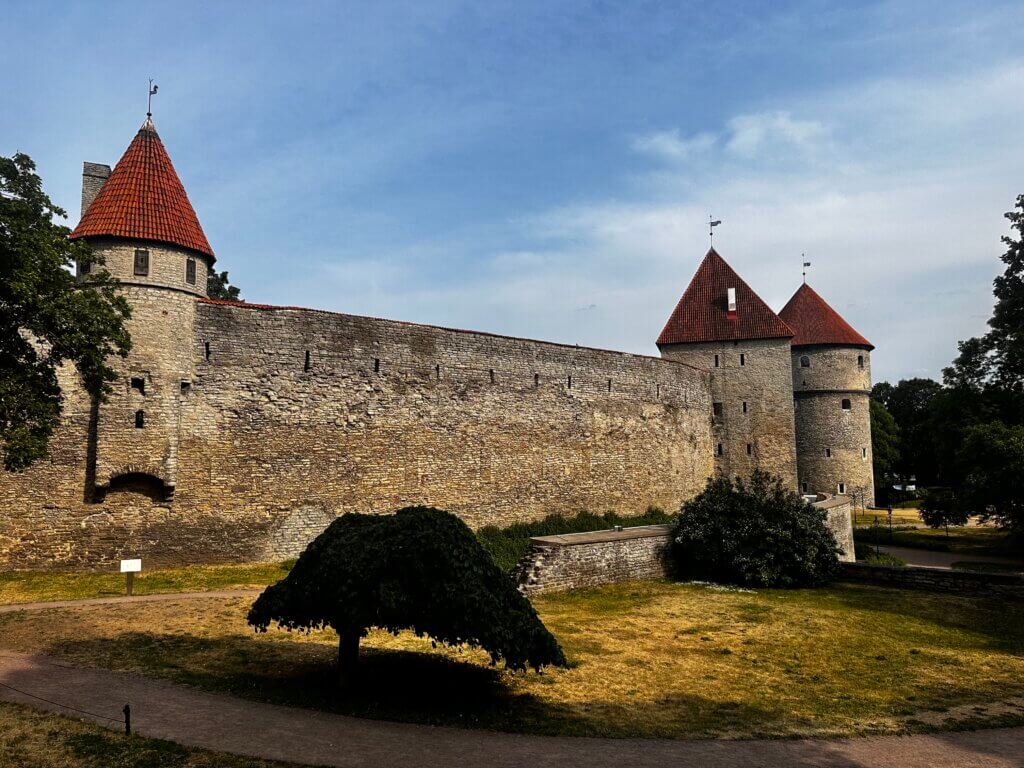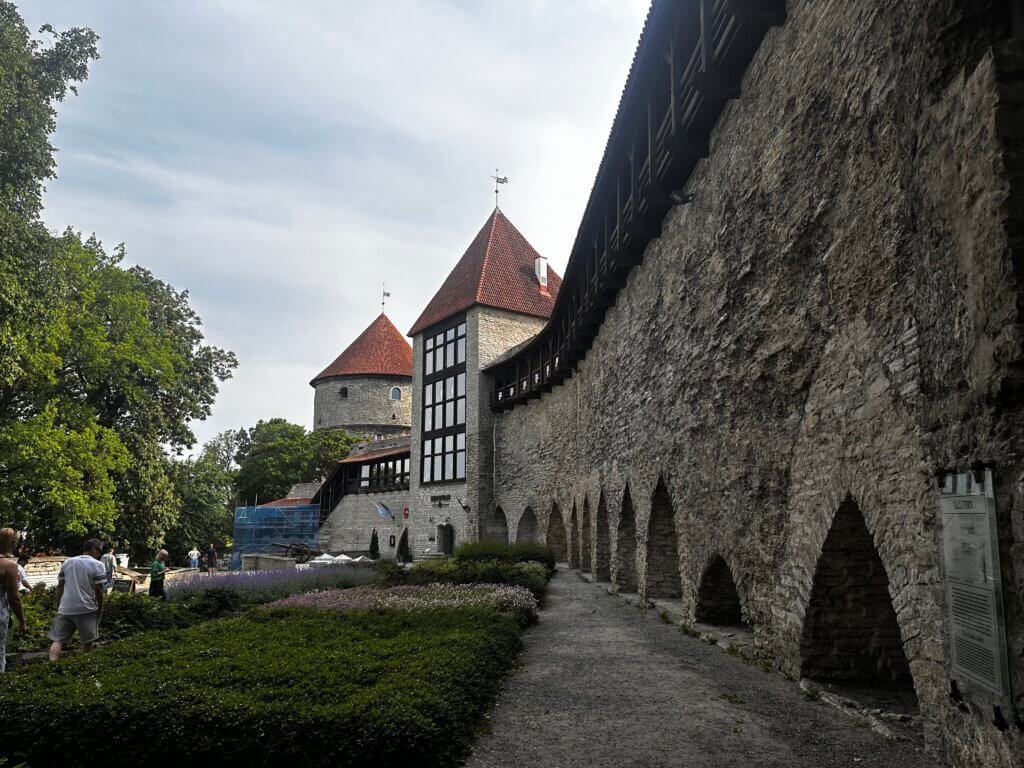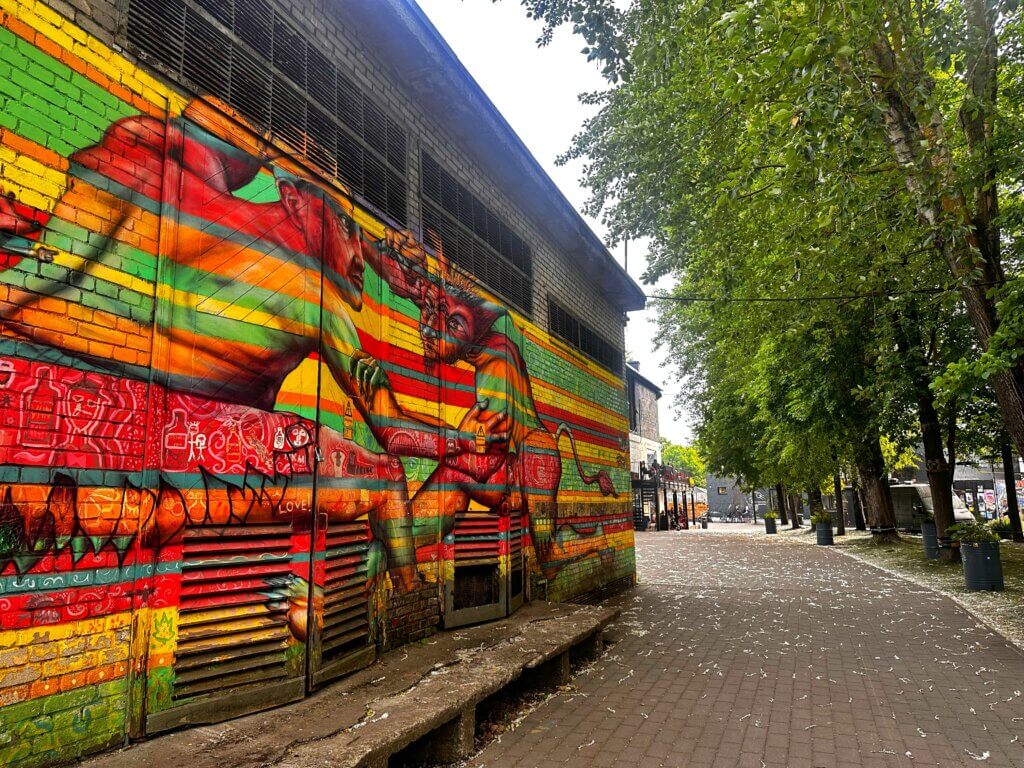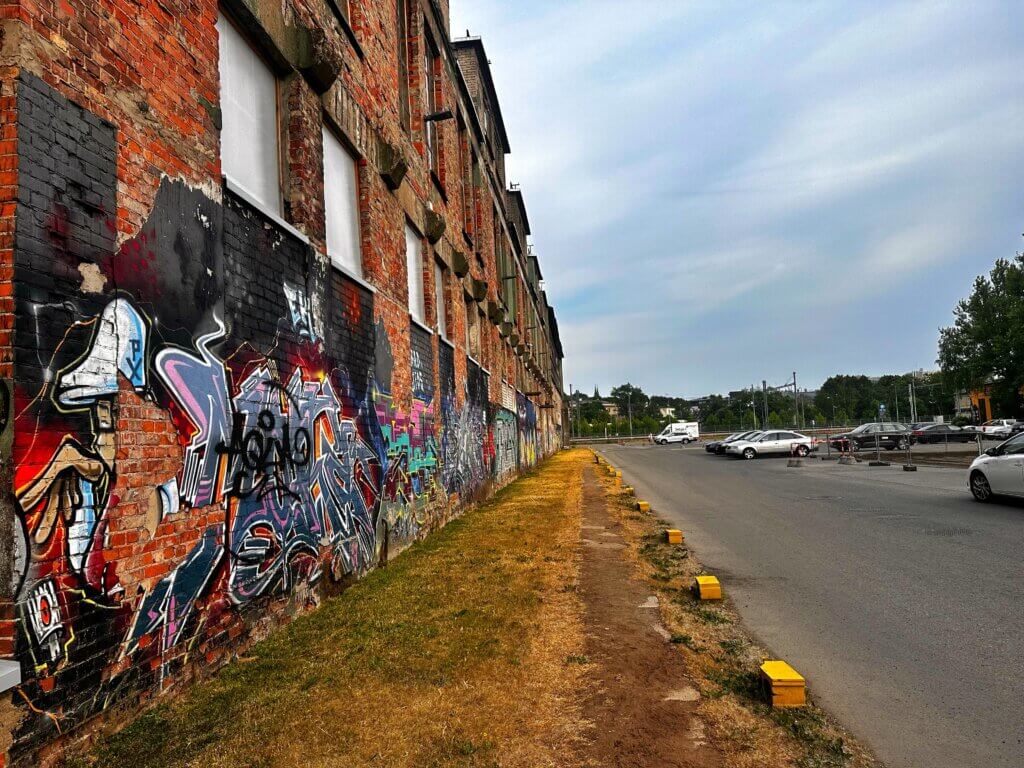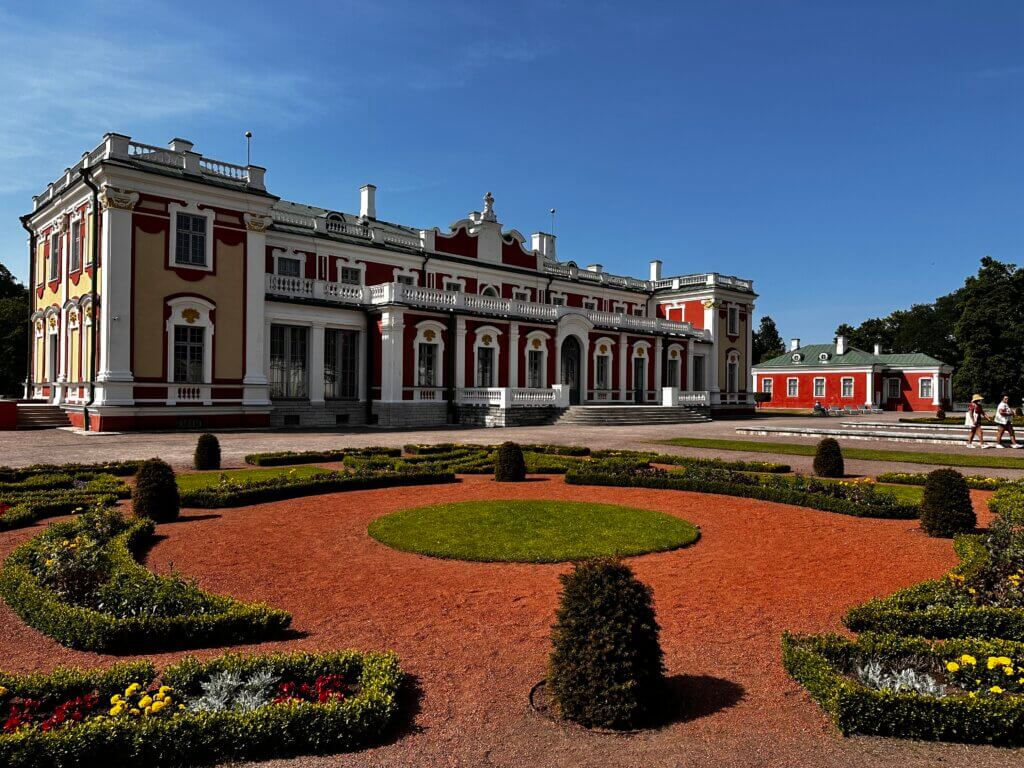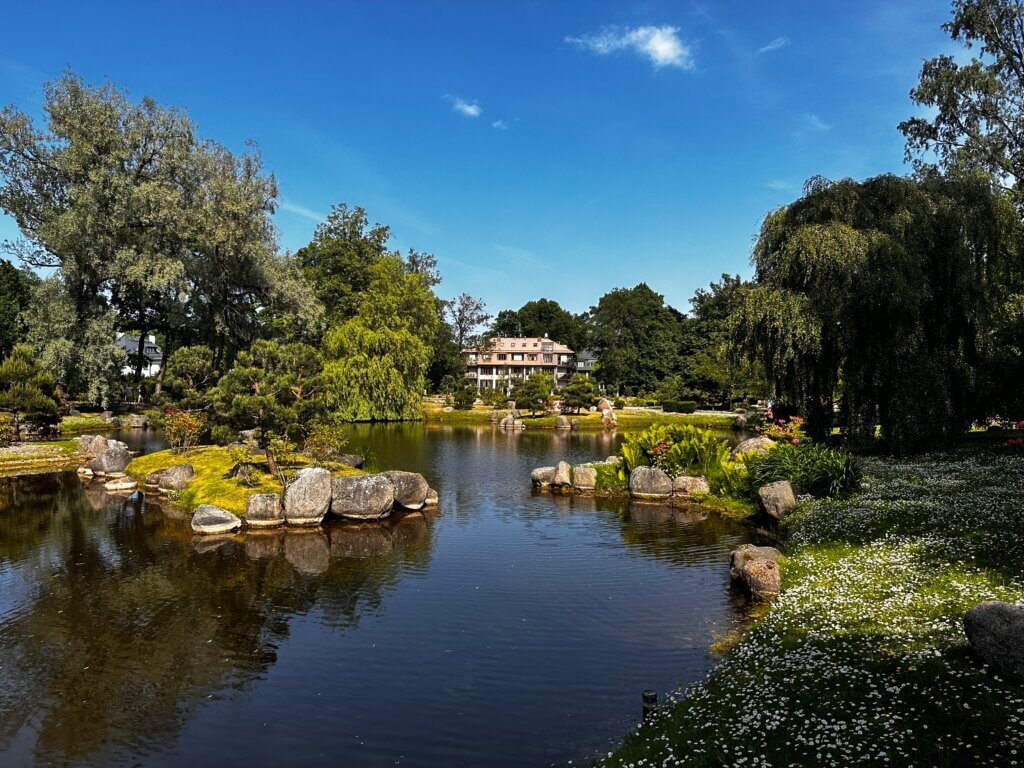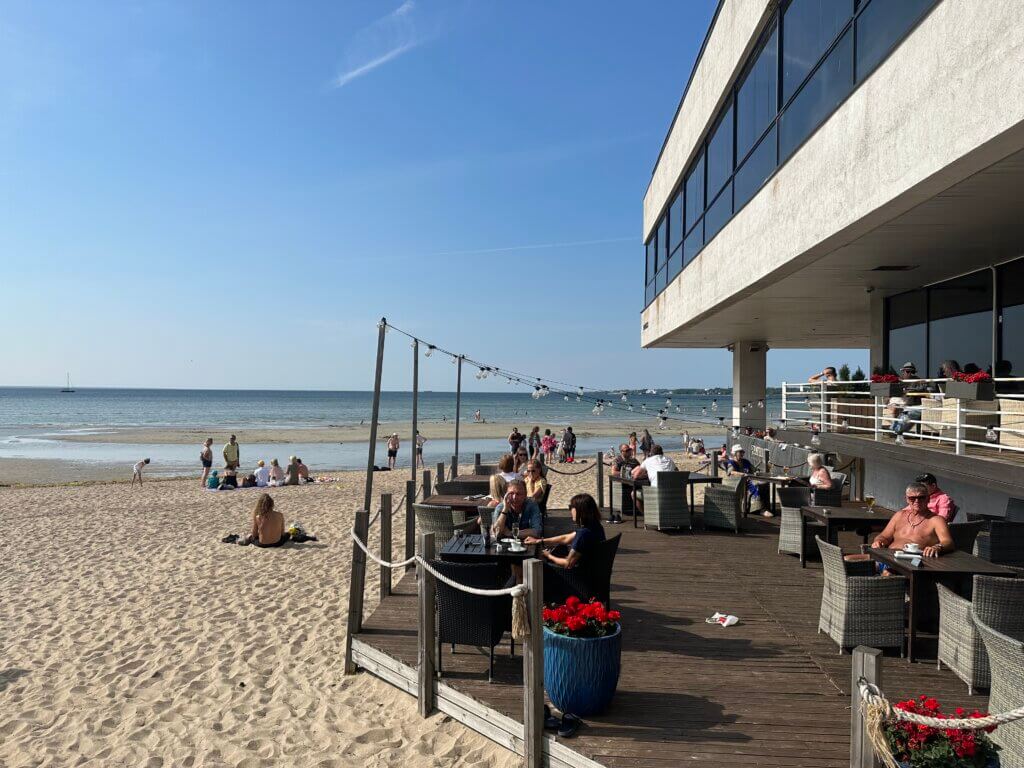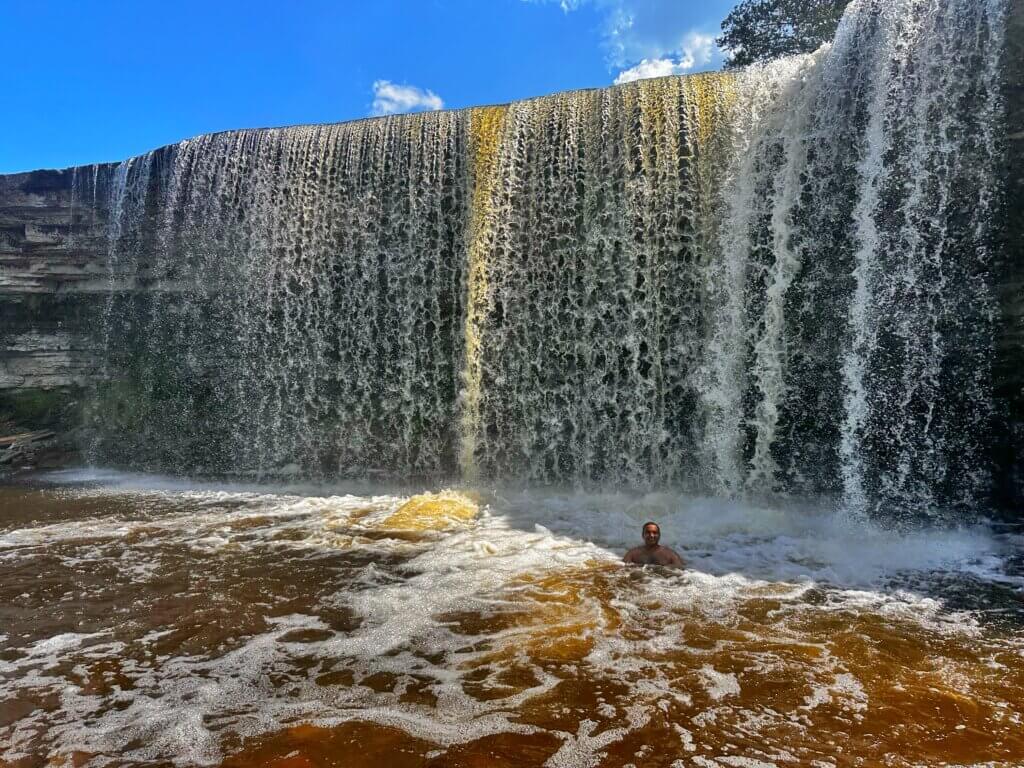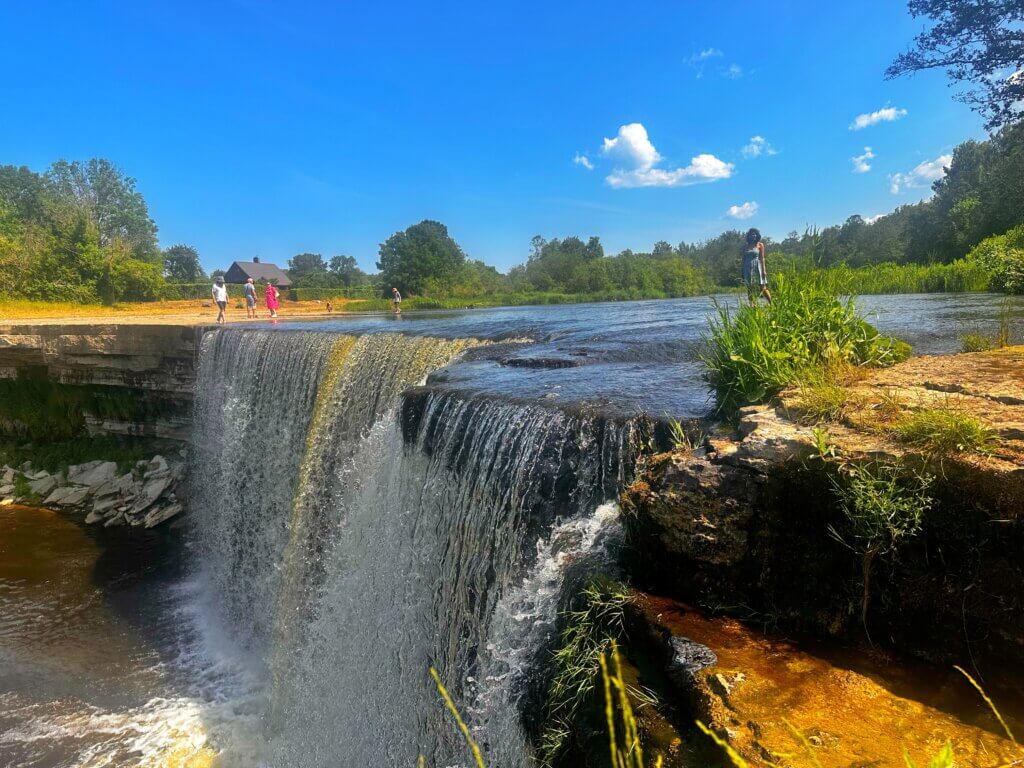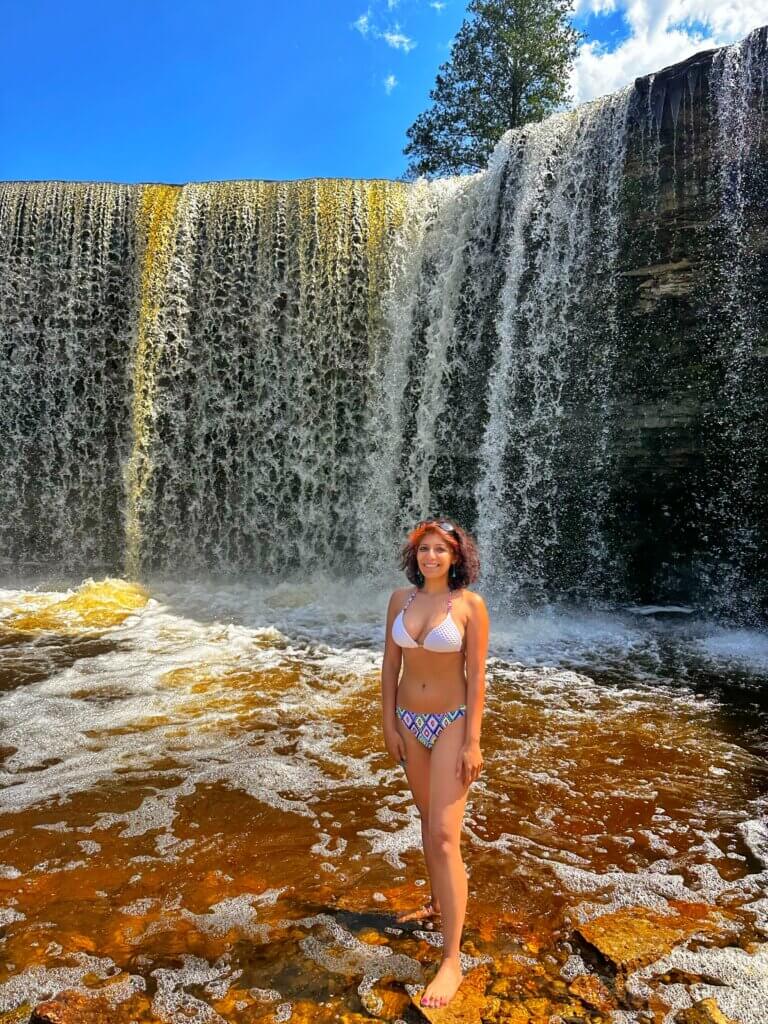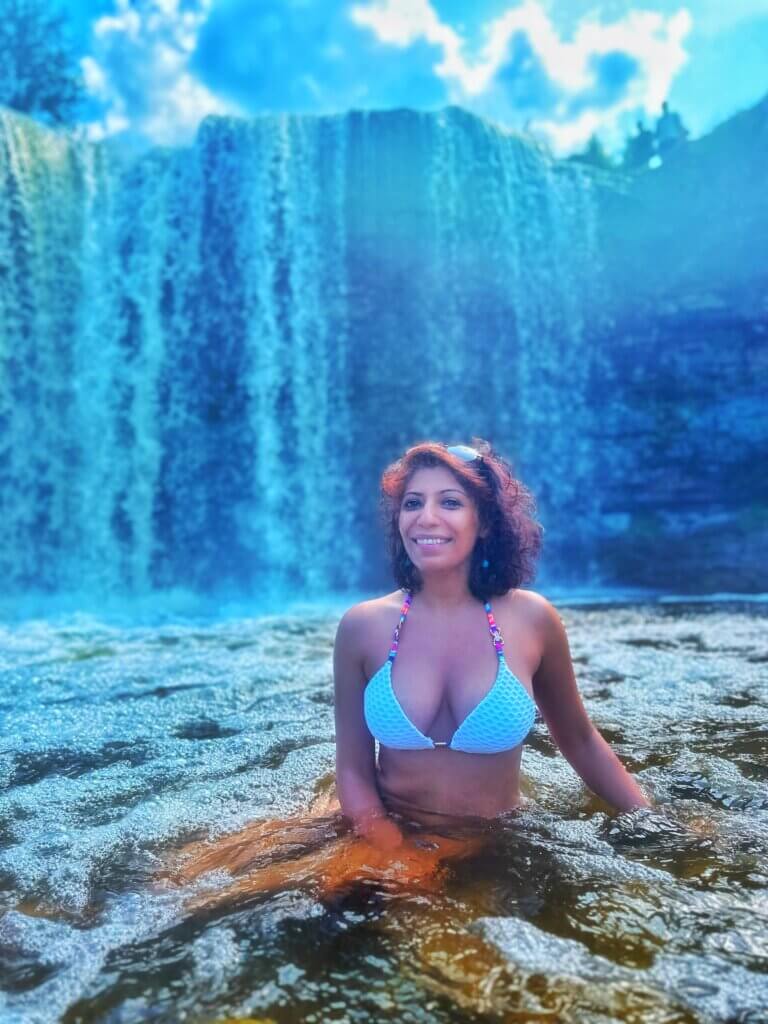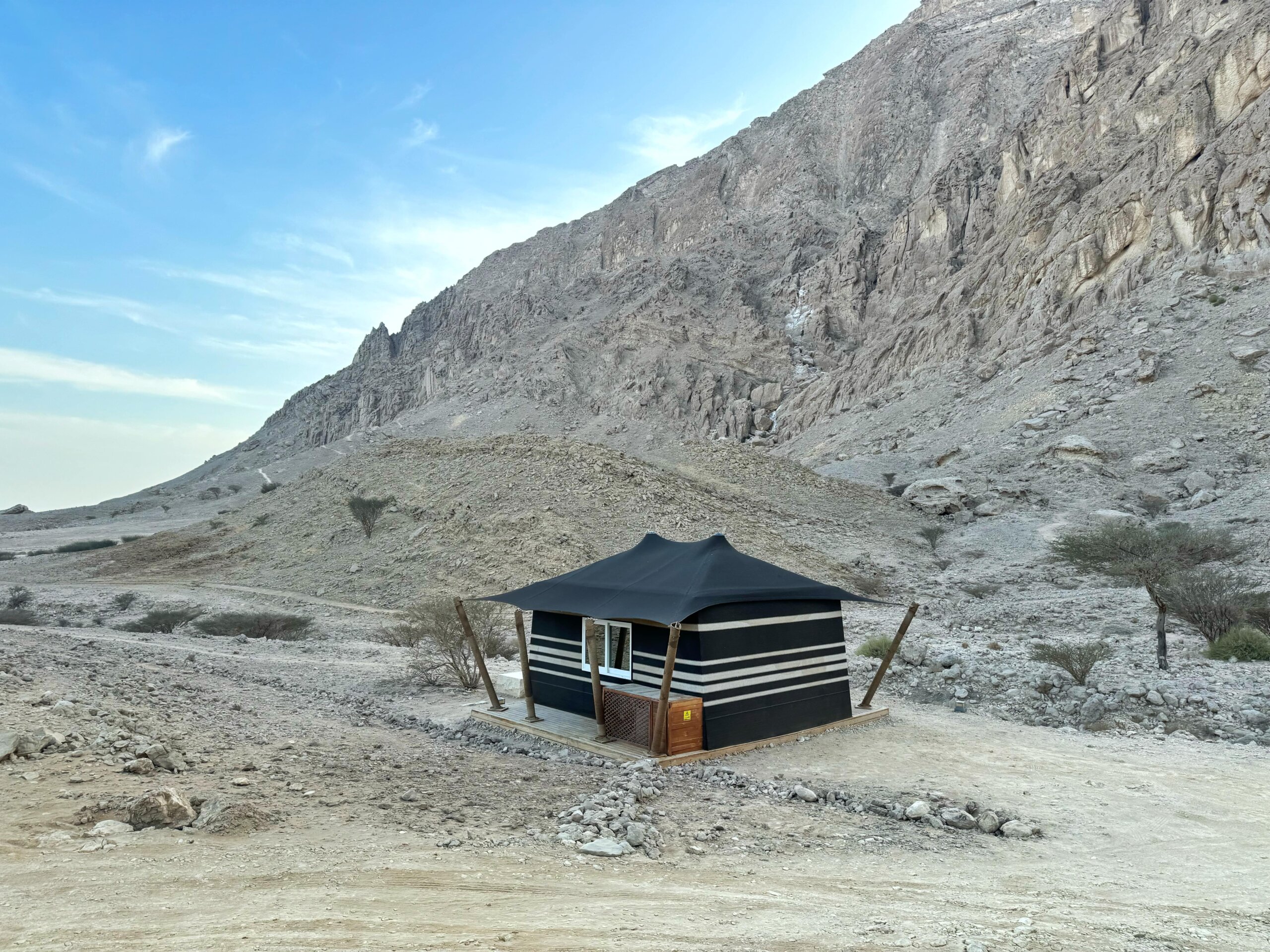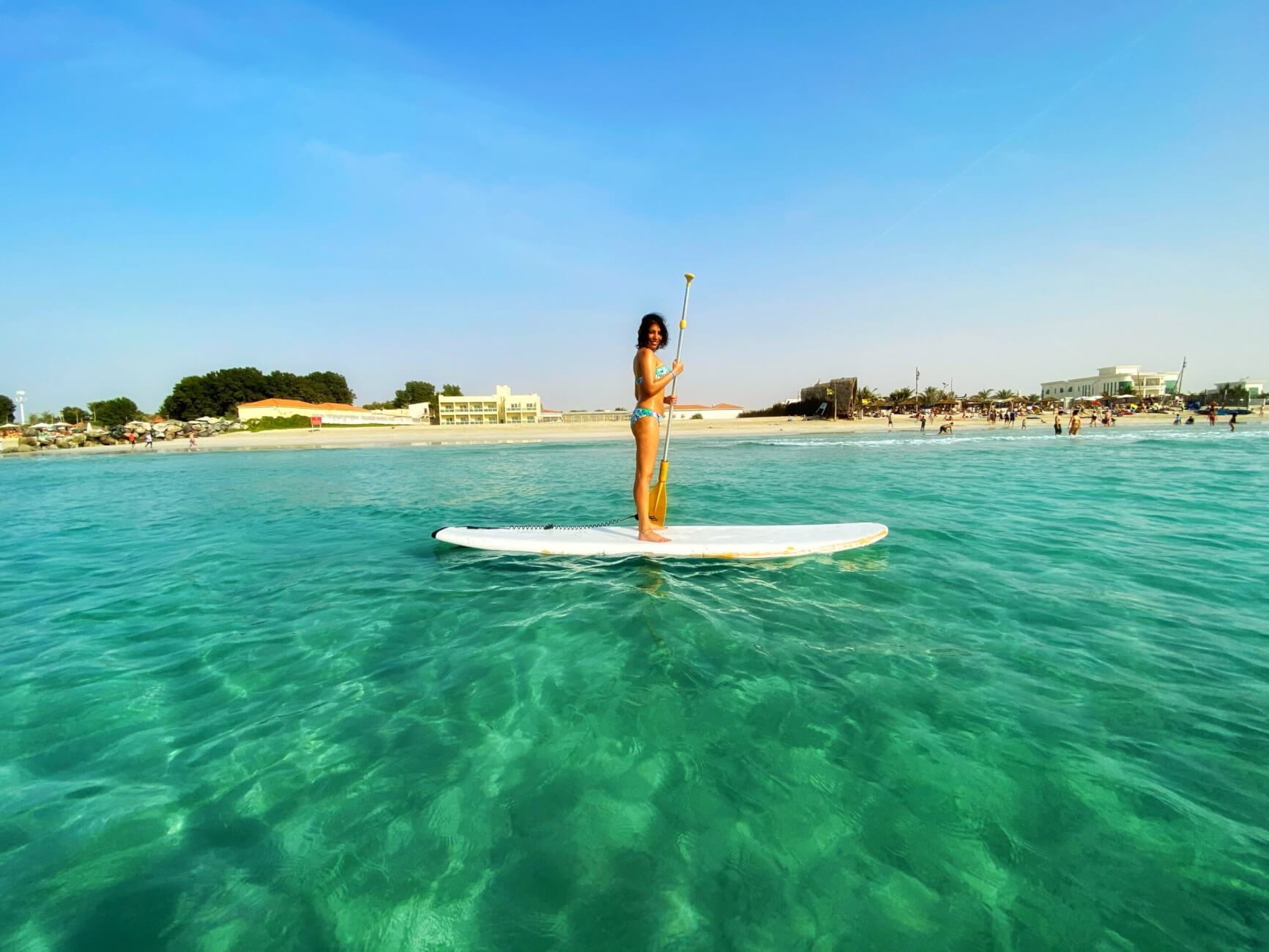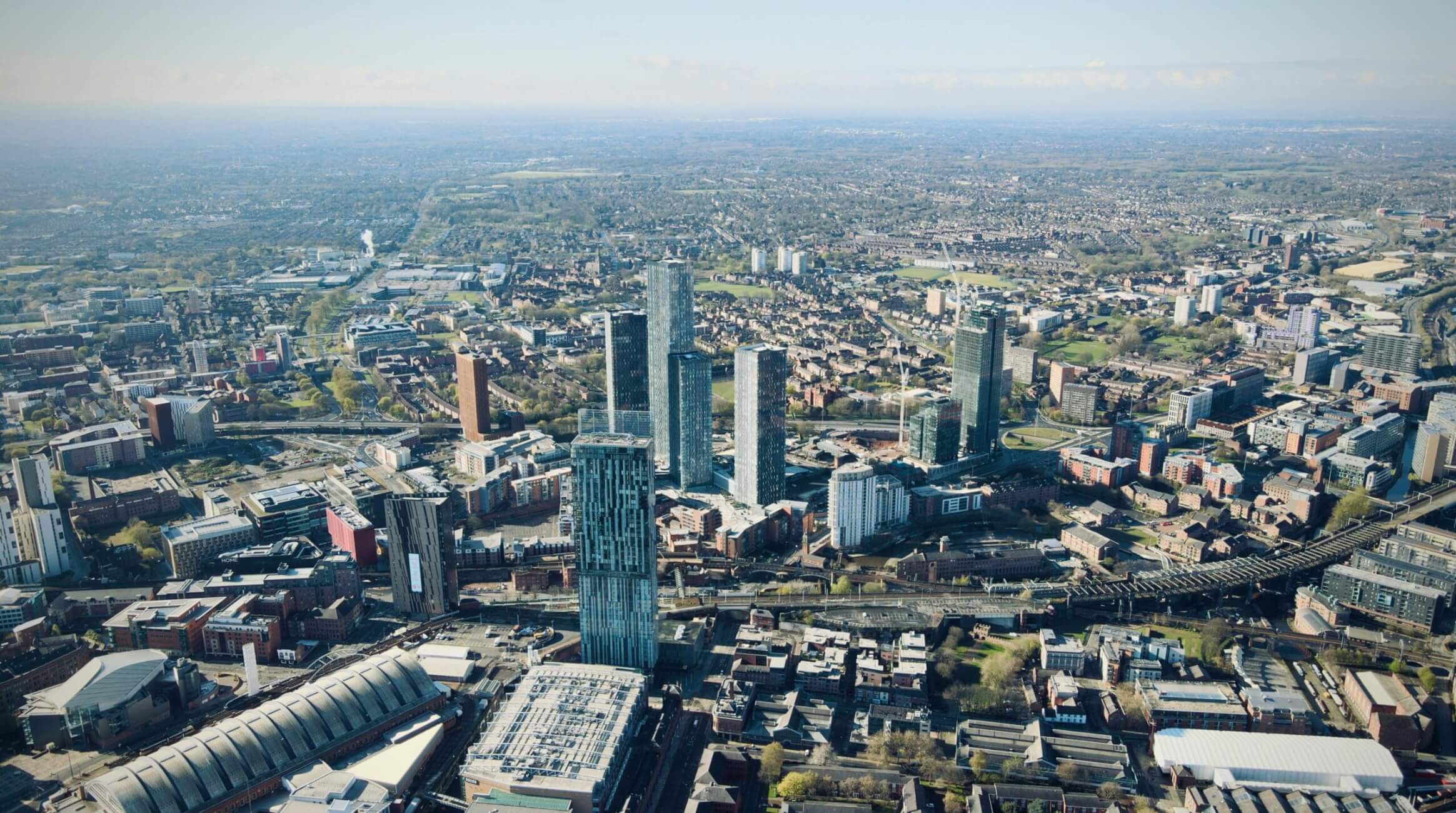Not a usual choice for most travellers, Tallinn in Estonia was at the bottom of my Europe bucket list, and I came to it finally in June 2023 where I had a couple of weeks of and thought of finally heading to the Baltics. I went with the least expectations and while there’s nothing extraordinary that would attract one to visit any of these countries (Estonia, Latvia, Lithuania), each offers a typical ‘European’ experience – with historical monuments, charming old towns with cobbled stone streets, great vibe, amazing countryside, greenery, and lots to do! Many people visit Tallinn as a daytrip from Helsinki (Finland) and while I was there in Finland a couple of years ago, I always felt that I wanted to spend more time in Estonia than just touch-and-go with Tallinn. Great decision – not only did I spend a whole day exploring the beautiful city, but on the second day, I managed to escape into the beautiful countryside.
Many don’t probably know this but about 50% of Estonia’s land area is covered by forests. This makes them one of the greenest countries in Europe, providing a rich habitat for diverse flora and fauna. While Tallinn is one of the most well-preserved medieval cities in Europe and has a rich history that dates back over 800 years, making it the most visited destination in Estonia, for those who like to go a little offbeat, I highly recommend renting a car and exploring the other cities outside of Tallinn. While you need at least 4-5 days to do justice to the several national parks, forest treks and other activities for nature lovers, we had only 2 days to our disposal of which we spent one in the suburbs.
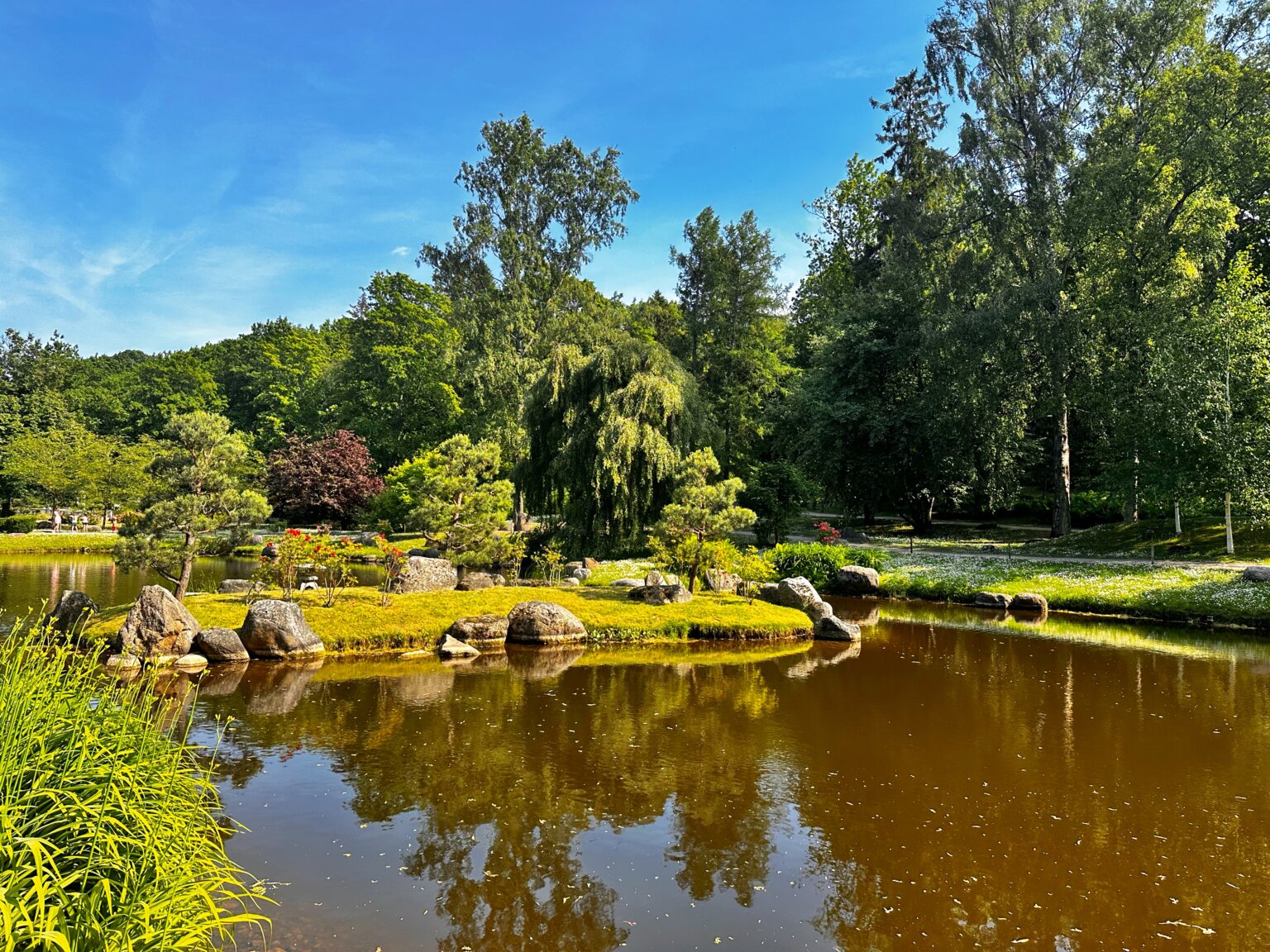
Day 1: Tallinn Old Town, Kalamaja, Royal Kadriorg Palace & Seaside Pirita
We spent the first day walking around in Tallinn’s old town, a UNESCO World Heritage Site and the city's most iconic and popular area. The medieval architecture, cobblestone streets, and well-preserved city walls give it a unique charm. The Old Town is divided into two main parts, Toompea Hill and Lower Town. Toompea Hill is home to the Estonian Parliament and offers panoramic views of the city, while Lower Town has most of the historical attractions, including the Town Hall Square and numerous churches.
Some key highlights of this self-guided walking tour included:
- Town Hall Square: lined with several cafes, restaurants and souvenir shops, this place is the best to enjoy the vibe of Tallinn’s Old Town
- Nicholas' Church: originally built in the 13th century, it is one of the oldest churches in Tallinn
- St Catherine’s passage: a narrow and picturesque alleyway, adorned with several beautiful and colorful murals and street art, depicting scenes from Tallinn's history and folklore
- Viru Gate: one of the few remaining gateways that used to be part of Tallinn's medieval city walls
- Alexander Nevsky Cathedral: Russian Orthodox cathedral is one of the city's most recognizable landmarks. It was built in the late 19th century in a distinct Russian Revival style and features impressive onion domes
Right across the cathedral, you will see Toompea Hill, the location of the Estonian Parliament, where you have the Toompea Castle, a historic building that has served as the center of Estonian governance since the 13th century. The castle's architecture is a mix of various styles, reflecting the different periods of construction and reconstruction. You can choose to explore the castle from the inside for a fee or even take a guided tour. I chose to walk around in the vicinity, observing the impressive Baroque facades of the majestic castle, and enjoying excellent views of the city.
Moving a bit out of the old town (using Bolt), I then visited a trendy and bohemian neighborhood called Kalamaja located just a bit northwest (you can even walk here if you’re in the mood, it’s about 30 min). Kalamaja is a vibrant and sought-after area due to its unique atmosphere, colorful lanes with street art, and creative community. One of the highlights of Kalamaja is the Telliskivi Creative City, a former industrial complex that has been transformed into a vibrant creative and cultural hub. Telliskivi hosts various cultural events, flea markets, concerts, and festivals throughout the year, making it a lively and popular gathering place for both locals and tourists. It is also home to several cozy cafes, trendy restaurants, and street food vendors offering a variety of cuisines, from traditional Estonian dishes to international fare.
From here, I ‘Bolted’ to The Royal Kadriorg Palace, a magnificent Baroque palace in the beautifully landscaped Kadriorg Park. Today, the Kadriorg Palace houses Kadriorg Art Museum that features a collection of foreign art from the 16th to the 20th century, including works by Dutch, German, Italian, and Russian artists. However, what takes the cake is the design of the landscaped park surrounding the palace, which was influenced by the Italian Renaissance gardens and includes symmetrical flowerbeds, fountains, and tree-lined paths, offering a great place for a leisurely stroll! We came upon this authentic Japanese garden within the Kadriorg Park, with a little lake in the middle, a walking path around it, and several stone bridges.
Finally, a little before sunset, we headed towards Pirita beach. While we weren’t really in a mood for a swim in the ocean, we felt that since we were in the Baltic states, why not visit the Baltic Sea at least once? The beach has several restaurants and bars on the sandy area, with a great vibe, making it the perfect place to relax with a sundowner.
Optional: if you still have some energy (and time), why not visit Tallinn TV Tower, which houses one of the most exciting observation decks in the city, offering unparalleled views of the Old Town, Baltic Sea and even as far as Helsinki on the perfect day! While we couldn’t make it, I heard that they even offer Edge Walk now, like CN Tower in Toronto. For those who aren’t brave or adventurous enough for that, there’s a Skyview bar that offers equally nice views from the comforts of an indoor setting.
Recommend place to stay overnight in Old Town Tallinn: Meriton Old Town Garden Hotel
Day 2: Daytrip to Jagala Waterfall & Viru Bog Nature Trail
I am glad I kept an additional day in Estonia despite being very short on time to be able to explore the countryside. While we relied on Bolt & public transportation (buses), it wasn’t the best idea and I recommend renting a car to have more flexibility, convenience and saving on time. The Bolt connectivity outside of Tallinn, especially in the suburbs, isn’t that great and you might need to wait for hours at times to be able to get a taxi. Buses also run less frequently and connect only the main stops, which means you’re going to have to figure how to get to your destination from there, and hitch hiking isn’t easy, and it’s quite frowned upon in this area.
Less than 35 minutes’ drive from the Old Town in Tallinn is the largest and most powerful waterfall in Estonia, located along the Jägala River. I cannot use words like majestic or magnificent for this waterfall because its none of those, but it does make for a good getaway into the nature, especially during summer when one can even swim in the waterfall.
With a height of about 8 meters, it’s not necessarily impressive by itself but it is situated in a scenic area surrounded by lush greenery, making it a picturesque sight for nature lovers. We found a hidden spot between the trees to change into our swimwear (there are no changing rooms or cafes on site, except one small food truck) so it’s best to be prepared with your own picnic if you wish to spend some time in the area. In winter, the waterfall is known to freeze, creating a stunning icefall with icicles and frozen formations.
Now, if you have an additional day/ time, I suggest heading to a better, more prominent place to enjoy some unique forest trails of Estonia. However, if you’re short on time like I was, and need a quick and easy fix to your nature & adventure thirst, head to Viru Bog located just about 30 minutes ahead of Jagala Waterfall by road. Viru Bog is a type of raised bog, which is a distinctive and ecologically important wetland habitat, characterised by their domed, mounded appearance, formed over thousands of years from the accumulation of sphagnum moss and other vegetation in a waterlogged environment. To preserve the delicate ecosystem of the bog and allow people to explore it safely, boardwalk trails have been constructed in it, offering elevated walkways through the bog, providing hikers with an immersive experience of the unique landscape. The trail is 3.5 km and the lap is 6 km long, which is an easy walk.
Optional, with extra time: I regretted not renting a car and having an additional day in Tallinn as we were highly recommended by several locals to visit Viljandi, a haven for nature lovers and hiking enthusiasts. An adorable little town hidden deep in the Estonian forests, Viljandi offers several hiking trails for outdoor adventurers. The city is situated around the picturesque Lake Viljandi and is surrounded by scenic landscapes, forests, and hills, providing ample opportunities for trekking, and enjoying nature. One such popular trail is Viljandi-Männiku Forest Trail.
 Destinations
Destinations
